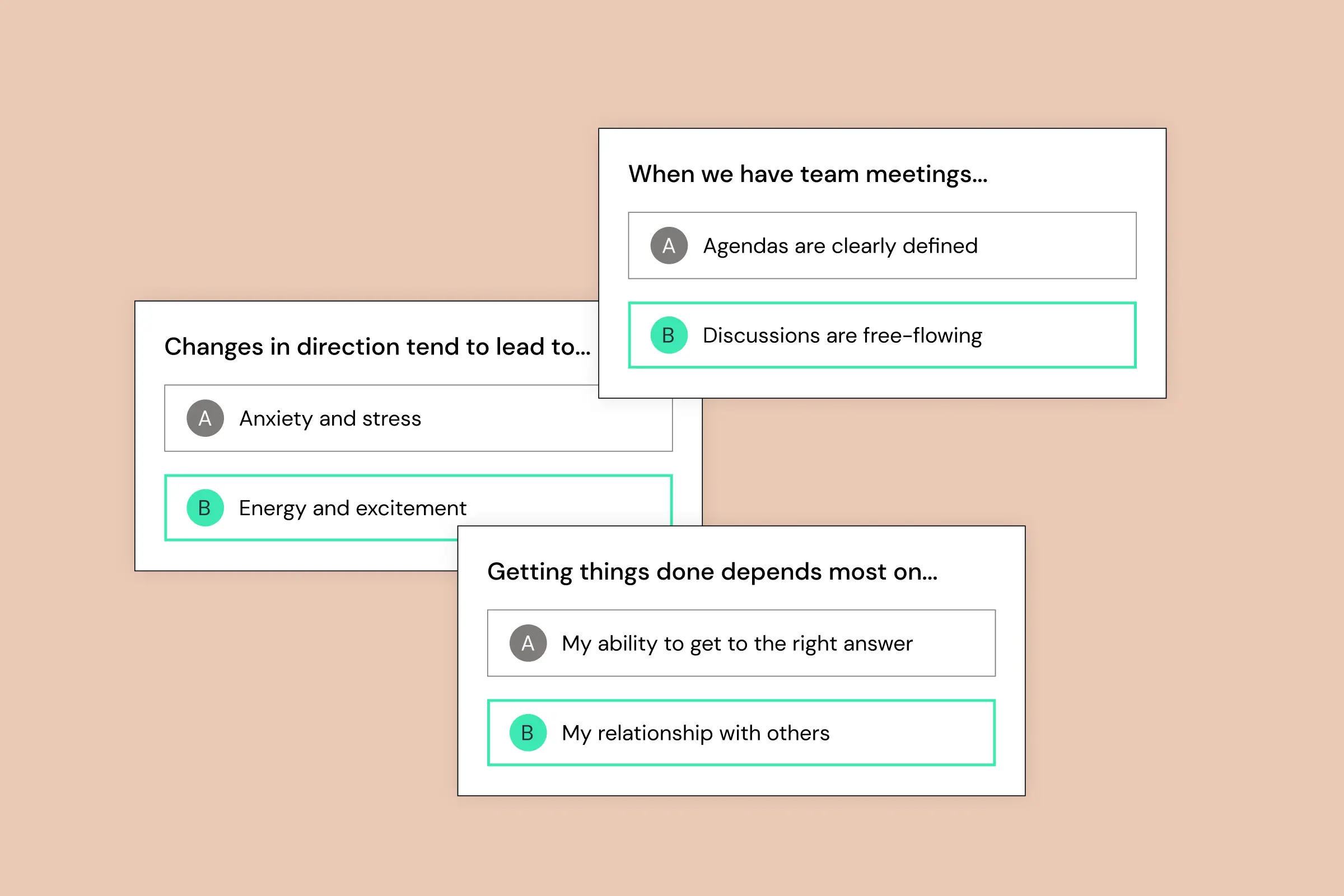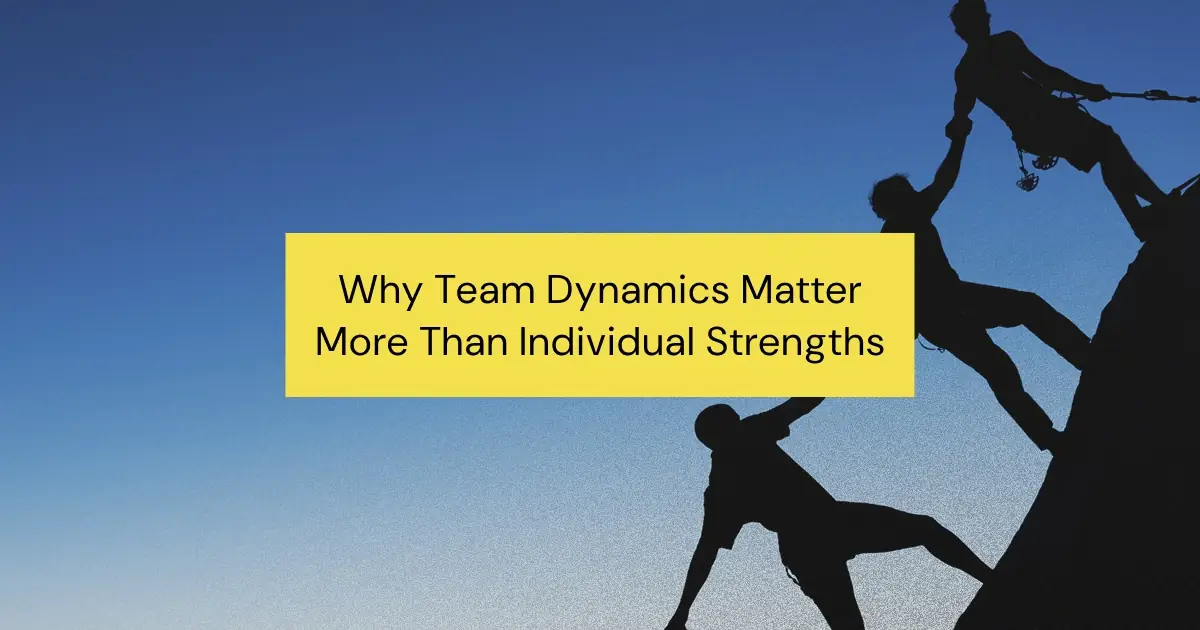??How can improving team dynamics enhance productivity and job satisfaction???
Enhancing team dynamics can significantly improve both productivity and job satisfaction. Studies show that individuals in high-performing teams are five times more productive. Additionally, well-functioning team dynamics contribute heavily to an individual’s overall satisfaction with their work. Focusing on effective communication, decision-making, and collaboration helps unlock greater performance and engagement.
??What are the four key dimensions of team dynamics???
The four key dimensions of team dynamics are:
- Communication – Ordered or Informal
- Processing Information – Relational or Logical
- Decision-Making – Concordant or Authoritative
- Execution – Deliberate or Spontaneous
Understanding where your team falls in each of these areas provides a baseline for improving collaboration and performance.
??Why is measuring team dynamics important before making improvements???
Measuring team dynamics enables leaders to understand current team behaviors and uncover areas for development. Without measurement, it's difficult to know where inefficiencies lie or which habits need to be reinforced. Tools like TeamDynamics provide assessments that help teams accurately evaluate how they collaborate across key areas.
??How can leaders create a shared understanding of their team dynamics???
Leaders can create a shared understanding by facilitating discussions around team dynamics, ideally in structured settings like team meetings or off-sites. Everyone on the team should be clear on how the team typically operates, the advantages and drawbacks of those behaviors, and how individual preferences align with these dynamics.
??What is the value of incorporating team dynamics into a team’s culture and values???
Embedding team dynamics into a team’s culture and values ensures that collaboration norms are not only defined but also lived daily. This approach drives consistency in behavior, improves team cohesion, and aligns individual actions with the broader goals of the team. Writing down and visibly communicating these norms helps hold team members accountable.
??Why should team dynamics be communicated externally???
Communicating your team dynamics externally helps set expectations for cross-functional collaboration and new hires. By including your team dynamics in internal wikis, kickoff meetings, and job descriptions, you create clarity for those who interact with or are joining your team, enhancing collaboration and fit.
??How can team dynamics be integrated into hiring and onboarding???
Teams can improve hiring and onboarding by discussing team dynamics in initial interviews, using screener questions to assess alignment, and sharing dynamics with new hires early. This helps new team members understand how to work effectively with the group, accelerating trust and productivity.
??What role do team dynamics play in professional development???
Team dynamics serve as a guide for setting personal development goals and coaching individuals. By aligning an individual’s growth objectives with team collaboration norms, leaders can foster stronger engagement and help team members perform better within the group context.
??Why should teams revisit their dynamics regularly???
Due to constant changes like new hires, shifting priorities, or evolving leadership, team dynamics can shift over time. Revisiting team dynamics regularly—ideally twice a year—ensures that collaboration remains effective and reflective of the team’s current structure and goals.
??How does TeamDynamics help teams improve their performance???
TeamDynamics provides a structured framework for evaluating, understanding, and improving team dynamics. It includes team assessments, individualized reports, facilitation guides, and action plans to align team behavior with high performance. The platform empowers leaders to define cultural norms, resolve conflicts, hire effectively, and grow talent within the context of team collaboration.




.png)









































